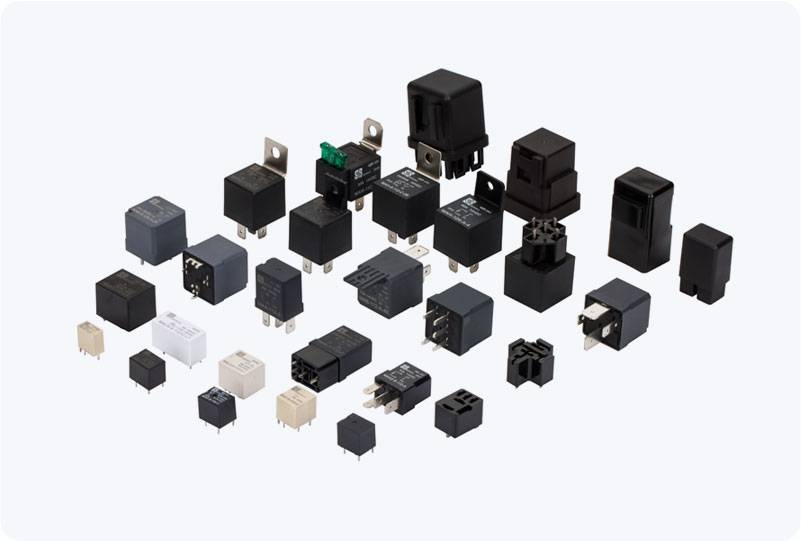In recent years, the demand for faster charging in electronic devices and electric vehicles has been on the rise, driven by consumers’ need for convenience and efficiency. As a result, fast charging technologies have become a focal point in the development of next-generation power systems. One critical component in ensuring the safety and efficiency of fast charging is the Fast Charging Relay (FCR). This article delves into the essential role of the Fast Charging Relay, its working principles, applications, and the benefits it brings to high-speed charging systems.

What is a Fast Charging Relay? A Fast Charging Relay is an electrical device used in charging systems, particularly those designed for high-current and high-voltage applications, such as electric vehicles (EVs) and smartphones. It serves as an intermediary between the power source and the battery, ensuring that the correct amount of current flows into the battery while preventing damage caused by overcharging or overcurrent situations. Fast Charging Relays are vital for the control of charging circuits in fast-charging systems, providing essential functions like switching, protection, and monitoring.